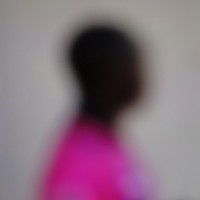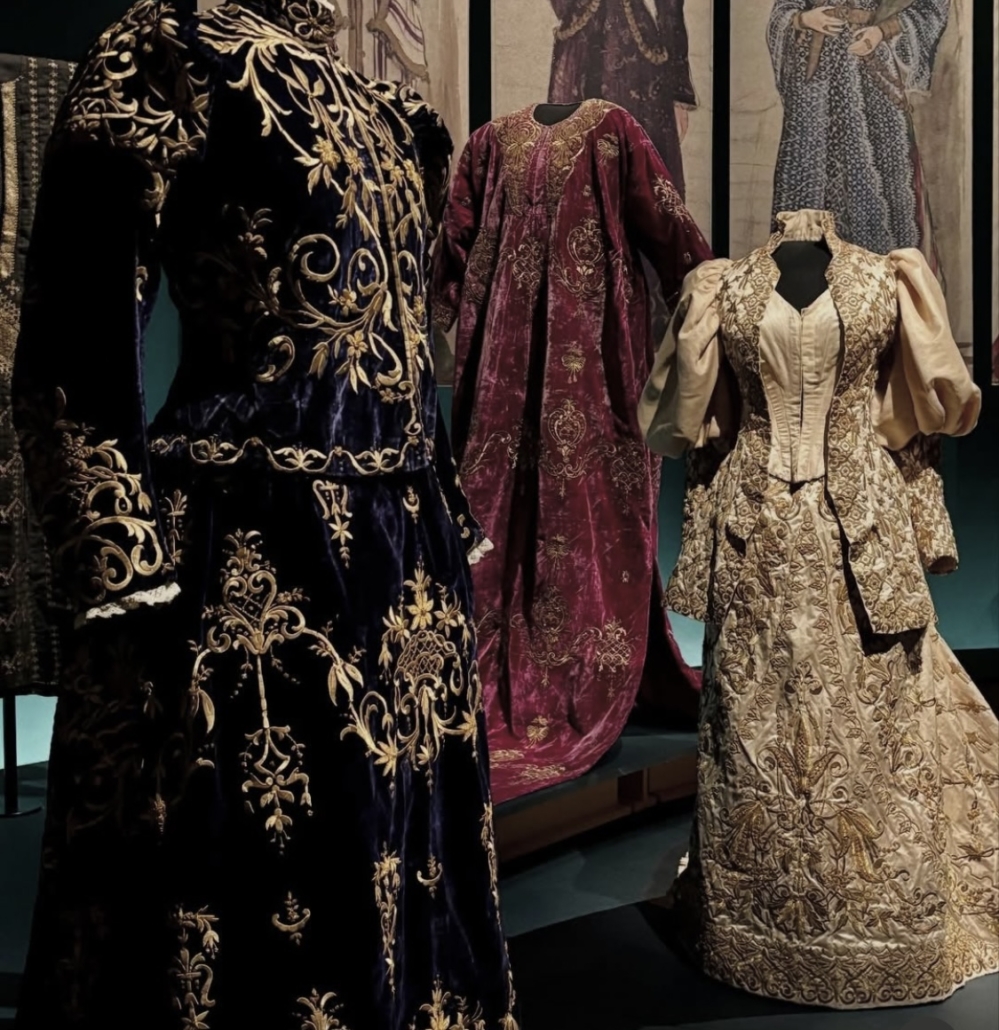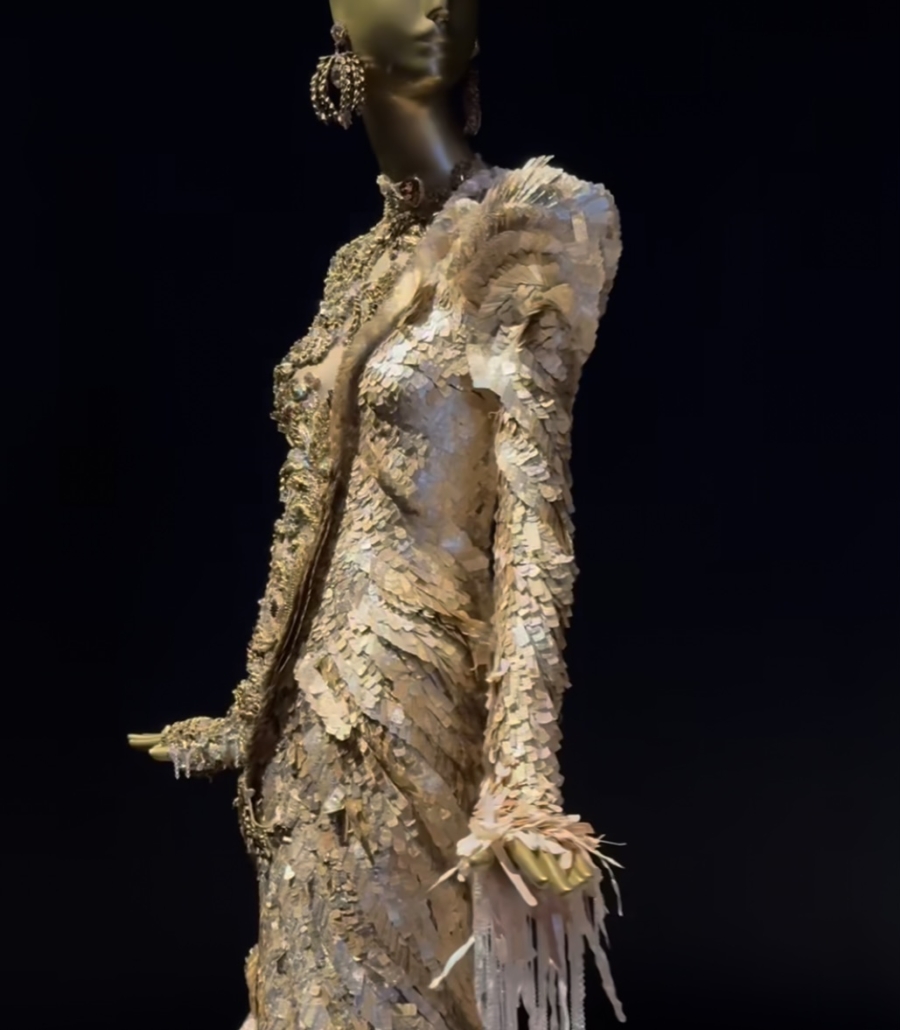In the Dark
another vision of art from 1945 to the present day

Painting, sculpture, photography, video, cinema… The exhibition “In the Blur” provides a superb focus on the use of the indistinct in the visual arts, focusing on the period from 1945 to the present day. Its source is a masterpiece: Claude Monet’s Water Lilies, a large set installed since 1927 at the Musée de l’Orangerie, where blur reigns over the large aquatic compositions populated with water lilies. A true aesthetic choice by the master of Impressionism. This intriguing fog has since inspired many artists using various techniques. The thematic journey of the exhibition is at once sensitive, historical, poetic and political.

In the first room, as a prologue, very different works interact: the oldest, a misty landscape painted by William Turner around 1845, sits next to Claude Monet’s Water Lily Pond, Pink Harmony and a transparent condensation cube by conceptual artist Hans Haacke, trapping both the mist and the instability of our environment. Auguste Rodin’s block of white marble proves that blur and sculpture are not mutually exclusive, as one might think. The artist blurs the contours of his marbles, making the material vibrate.

On a large panel, Claudio Parmiggiani, a key figure of Arte Povera, used a technique called “controlled fires.” He deliberately sets fire to a room, extinguishes it, lets the soot settle on the premises, then comes to remove the objects and furniture to leave an impression. Soot and smoke draw, as if in a negative, the ghost of a shelf covered with books, with vaporous contours. The choice of the library is not insignificant, the artist is referring to the book burnings that we have known throughout history … behind the blur sometimes hides a political message.

A small canvas by Gerhard Richter is nevertheless one of the highlights of the exhibition. The artist created it from a highly publicized photo of the September 11, 2001 attacks in New York: the collision of the first plane with the North Tower of the World Trade Center. At first glance, it is a very abstract, almost illegible painting. It is knowing the source image that allows it to be deciphered, but what we see is the gesture of the painter who, with broad brushstrokes, places paint on the image of the two twin towers, which is itself painted. The superimposition of layers, as is often the case with the German artist, creates “a blur of surface.” He deliberately uses grainy materials that block the view and force us to look more closely, also transcribing into paint the fog of television screens in a world saturated with images. Richter says his relationship with reality has always been about vagueness, which he links to insecurity, incompleteness, and inconsistency. He is the most represented artist in the exhibition, with paintings evoking the instability of the world.

A large photograph by Chilean artist, architect, and filmmaker Alfredo Jaar, taken as part of a long-term project he devoted to the 1994 genocide of the Tutsi in Rwanda, shows a young girl who witnessed the massacre of her father and mother with machetes. Alfredo Jaar had arranged to meet her, but when it came time to answer his questions, the teenager, unable to utter a word, left with her back to him. In a reflexive movement, he then grabbed his camera and took this shot without framing it, without focusing. “This blurred image,” he says, “represents my inability to tell the story of this woman’s experience or the experience of Rwanda—the impossibility.”

































